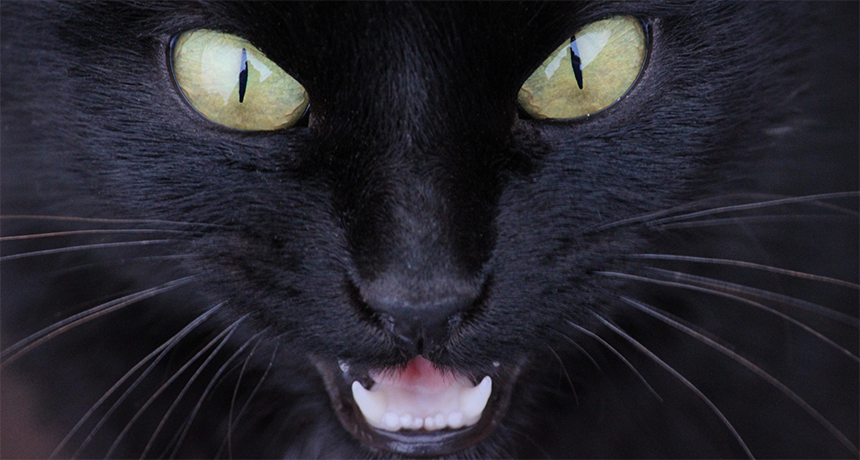Lucky survival for black cats
A cat's black color may date back to a mutation that also protected the felines from diseases a long time ago.

BrandonKauffman/istockphoto
A cat's black color may date back to a mutation that also protected the felines from diseases a long time ago.

BrandonKauffman/istockphoto